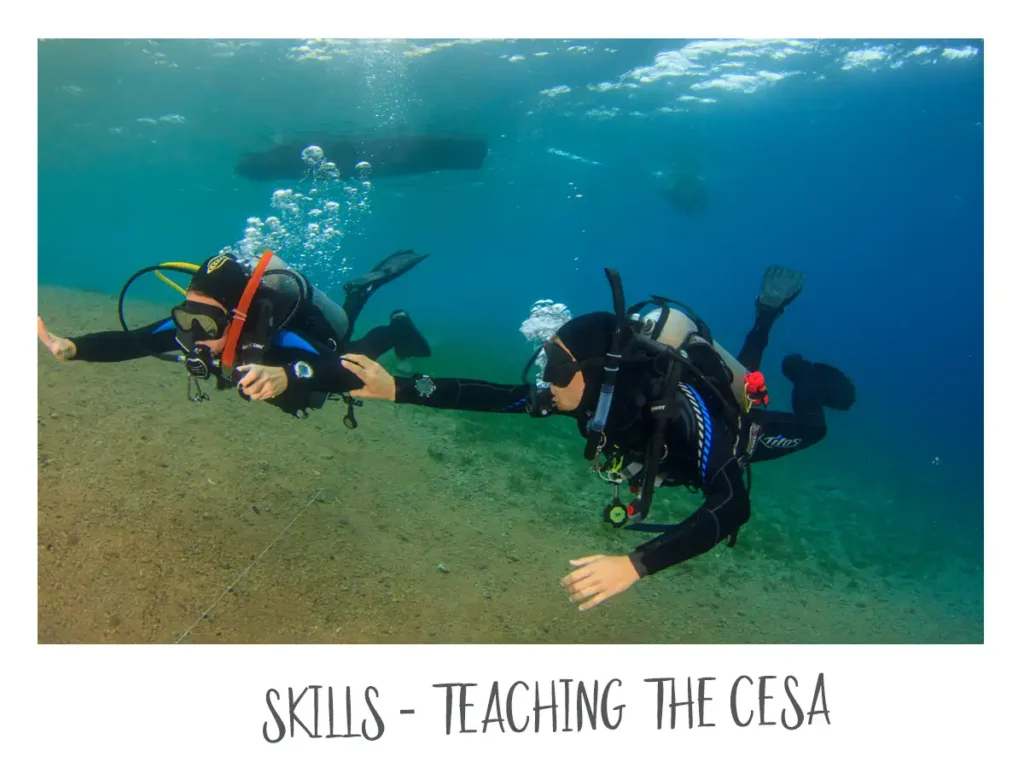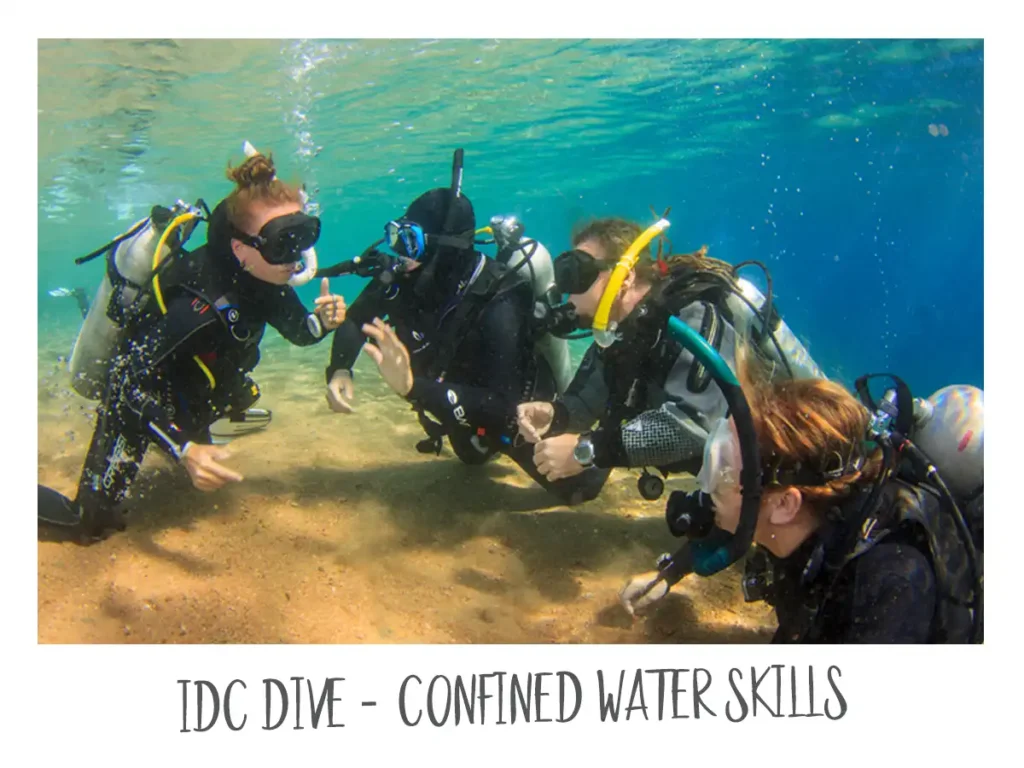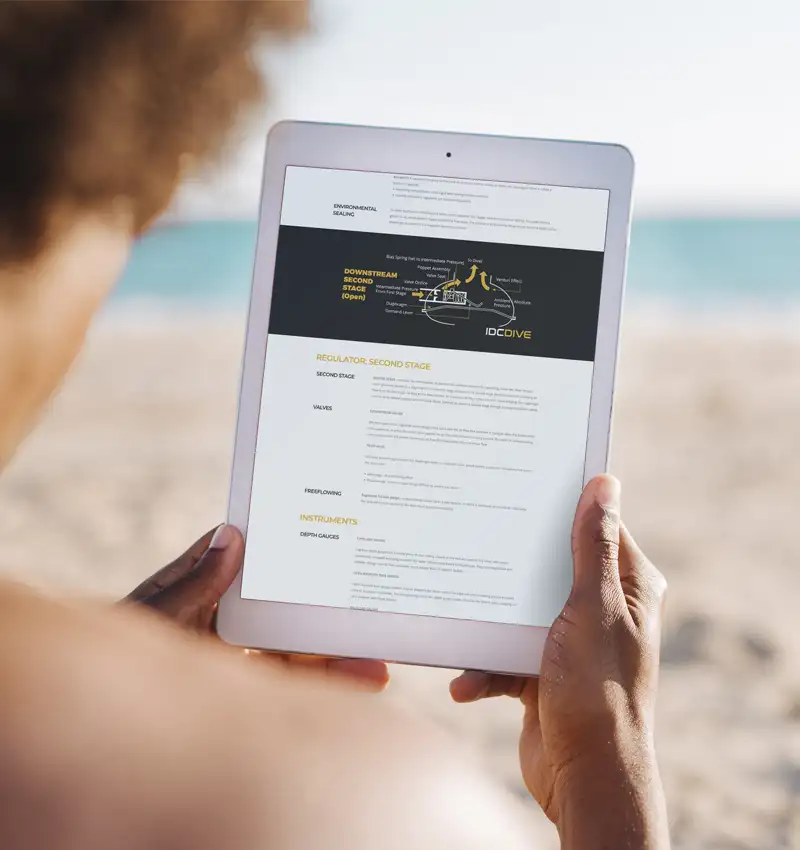Why Solid Dive Skills Matter in the PADI IDC (and How to Nail Your Demonstrations)
For every PADI Instructor Development Course (IDC) candidate, there’s one universal truth: dive skills are your foundation. As you prepare to become a dive professional, it’s not just about how well you dive — it’s about how well you can demonstrate and teach those essential open water skills to new divers.
In the IDC, your ability to clearly and confidently present these core dive skills will be evaluated — and ultimately, they’ll become your teaching tools for life. Here’s why they matter so much, and a few pro tips on how to demonstrate them like an instructor.
Why Dive Skills Matter in the IDC
The PADI system is built around performance-based learning, and that starts with you. As a future instructor, your students will look to your example underwater. That’s why IDC candidates are expected to show demonstration-quality dive skills — slow, exaggerated, and easy to follow.
Here’s why mastering them is so important:
- They set the tone for your students. Your demo becomes their reference.
- They show your control and awareness underwater.
- They’re a core part of the Instructor Examination (IE).
- They build your confidence when leading and teaching.
The 24 Open Water Skills You’ll Be Evaluated On
During your IDC and IE, you’ll be expected to demonstrate a selection of the 24 core Open Water Diver skills, such as:
- Regulator recovery and clearing
- Mask removal and replacement
- Hovering
- Emergency weight drop
- Controlled emergency swimming ascent (CESA)
- Alternate air source use (stationary and swimming)
You don’t need to memorize all 24 at once, but you do need to practice them regularly — and demonstrate them with clarity, control, and proper technique. You can also find the full list of skills on our FREE IDC Prep Program

Pro Tips to Improve Your Dive Skill Demonstrations
Whether you’re prepping for your IDC or fine-tuning skills before the IE, these tips will help sharpen your technique:
Think Like an Instructor, Not Just a Diver
You may be able to do a skill perfectly — but can you do it slowly and visibly? Exaggerate each movement. Show hand signals. Pause at key steps. You’re not just performing a skill — you’re teaching it underwater.
Break the Skill into Clear, Logical Steps
In your mind, break each skill into 3–5 clear actions. This helps you demonstrate with purpose, and it also helps later when you’re explaining skills to students.
Control Your Buoyancy First
One of the most overlooked parts of strong dive skills is buoyancy control. Before demonstrating any skill, ensure you’re neutrally buoyant and stable — especially for mask and regulator exercises. A wobbly or drifting demo can confuse students and cost points during your evaluation.
Use Slow, Deliberate Movements
Think demo speed, not diver speed. Go about 50% slower than you would naturally. Clear mask? Do it slowly. Recover reg? Move your arm in a visible arc. The slower and more methodical, the better.
Get Feedback from Your IDC Staff or Mentors
Don’t practice in a vacuum. Record yourself if possible, or ask an instructor to score your skill demo using the IDC evaluation scale. It’s the fastest way to improve.

Practice Makes Professional
Remember: becoming a great instructor doesn’t mean being perfect — it means being consistent, clear, and confident. Your dive skills will evolve as you teach, but the foundation you build during your IDC is key.
So take the time. Practice your demos. Ask questions. And approach every skill with the mindset of a leader.
Need help refining your dive skills before your IDC?
Become a PADI Instructor Today!
Take your diving career to the next level with our PADI Instructor Development Course (IDC). Prepare to lead, teach, and inspire future divers.

